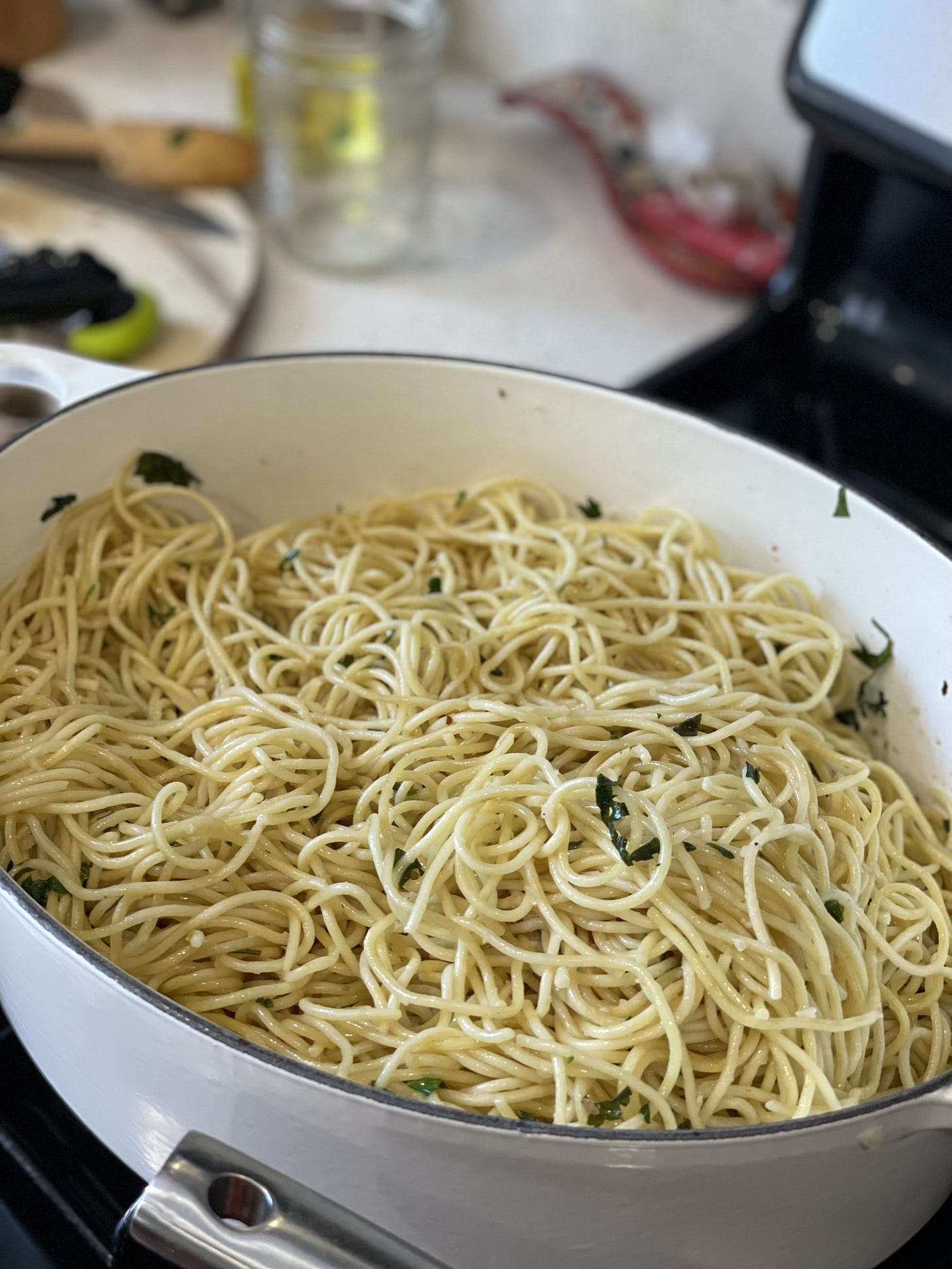
Is Twitter Good or Bad? Yes.
People who publish online should find the platform that works best for them. Twitter, no Twitter, whatever. I don't care.
My personal opinion: I'm an old-yet-new player. I've grinded away at a professional career for 15 years but only recently started putting intention behind my Twitter use, and now I'm seeing growth.
So when I see the strong opinion that Twitter is a parasite that burrows deep into your brain and we should quit it, I bristle at that.
Because more often than not, it's the incumbents, the legacy writers, who are complaining.
They've spent years toiling away at the computer, building their audience and their influence. Making their money off of this influence. And once they've seen the compounding results of their hard work, they realize they don't need the algorithm. They don't need the angry commenters, the non-sequitur replies, the distractions.
I get it.
But what they fail to acknowledge is the fact that without distribution platforms like Twitter, they wouldn't have this level of influence. It's easy for them to eschew the algorithm after they've extracted the value.
And I can't help but raise an eyebrow at the hypocrisy of this statement from that Atlantic piece:
"Twenty years of journalism taught me to hit a word count almost without checking the numbers at the bottom of the screen. But now a corporation that operates against my best interests has me thinking in 280 characters."
One for-profit company's word count is somehow better than another for-profit company's character count... because that's the company you're cozier with?
Overall, it's just hard for me to agree on an anti-Twitter stance with a person who has over 75k followers on that very platform. (And it's pretty rich to see someone on a so-called break return intermittently to Twitter specifically to promote their own work.)
📈 The Marketer's Guide to Case Studies
Awhile back, I tweeted about the different types of case studies that move your business forward. I finally put it into a blog post with additional detail on how to write that once-a-year miracle case study.
The most crucial detail in that case study: Success metrics your customer tracks.
You might brag that users sent 100,000 messages through your app in less than a week. But your data alone doesn’t tell the full story. You need your customer’s data to bring the outcomes full circle.
It’s only your customer who can say that your app saved them 6 hours of meetings per employee per week.
Plus, this is where they have a vested interest in telling your story with you.
Your customer doesn’t want to talk about how fantastic your solution is. They want to talk about how they were successful with your solution.
🍰 Petits Fours
Four bite-sized blurbs linking to interesting content.
🔹 Mad Men. Furious Women: "Insidious misogyny differs in many ways from its overt counterpart, but its most important and devastating distinction is its lack of data and therefore the seemingly insurmountable challenge of making it both visible and tangible, because how can we fix something which we can’t see?"
🔸 The Inner Ring of the Internet: "This is the price of chasing the Inner Ring. The desire to be likeable... provokes the same reaction from anyone who harbors it: inescapable mediocrity. If you want to be in the Inner Ring, you’ve already lost."
🔹 Instagram is the new SkyMall: "Other friends I knew were getting irritated by the flood of ads on Instagram, so they were complaining and trying to figure out ways to block them. Not me. I started hitting 'Like' on every. Single. Ad."
🔸 Company shutdowns for collective PTO: Some companies like LinkedIn, PwC and even the New York Times, are taking company-wide time off. When LinkedIn did this in April, they also offered optional virtual activities like cooking and meditation classes, and a magic show.
🍝 Simple Pasta with Garlic-Parsley Sauce
Anchovies have a bad reputation and that's not fair. In this pasta side dish, they add a light salty brine, and I promise you can't taste the fishiness.
1 pound spaghetti
1 tin oil-packed flat anchovy fillets
8 large garlic cloves, smashed
1/2 teaspoon crushed red pepper flakes
1/2 cup olive oil
1/2 bunch chopped fresh flat-leaf parsley
Freshly ground black pepper
Freshly grated Parmesan (for serving)
Cook spaghetti in a large pot of boiling salted water, stirring occasionally, just 2 minutes shy of the package's cooking instructions. Drain, reserving 1/3 cup pasta cooking liquid.
Meanwhile, cook anchovies, garlic, red pepper flakes, oil, and a pinch of salt in a large skillet or Dutch oven over medium-low heat, stirring occasionally, until anchovies dissolve and garlic is tender, 6–7 minutes (do not brown).
Add pasta to pot. Stir in reserved pasta cooking liquid. Cook over medium, stirring constantly, until heated through, 1–2 minutes; stir in parsley, then remove from heat, season with a heavy pinch each of salt and pepper. Serve topped with Parmesan.
Recipe originated from Epicurious but I made adjustments.



